Search
Remove Ads
Advertisement
Summary 
Loading AI-generated summary based on World History Encyclopedia articles ...
Search Results
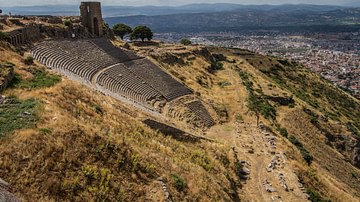
Definition
Pergamon
Pergamon (also Pergamum) was a major intellectual and cultural center in Mysia (northwest Asia Minor, modern-day Turkey) which flourished under the Attalid Dynasty (281-133 BCE) during the Hellenistic Period. It was the capital of the Kingdom...
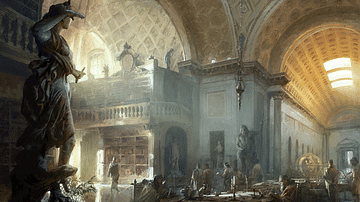
Definition
Library of Pergamon
The Library of Pergamon was established in the city of Pergamon (also Pergamum) by the Attalid King Eumenes II (r. 197-159 BCE) and became the most famous and well-respected center of learning after the Library at Alexandria, Egypt. The library...

Image
Pergamon, Asklepieion
Sanctuary of Asclepius, Asklepieion of Pergamon.
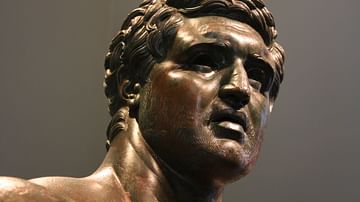
Definition
Attalid Dynasty
The Attalid Dynasty ruled an empire from their capital at Pergamon during the 3rd and 2nd centuries BCE. Fighting for their place in the turbulent world following the death of Alexander the Great, the Attalids briefly flourished with Pergamon...
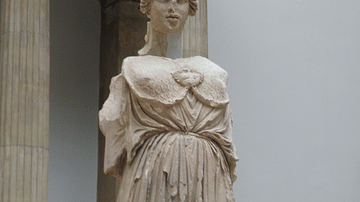
Image
Athena from the Library of Pergamon
A statue of the Greek goddess Athena from the Library of Pergamon. 200-150 BCE. Height: 310.5 cm. (Pergamon Museum, Berlin)
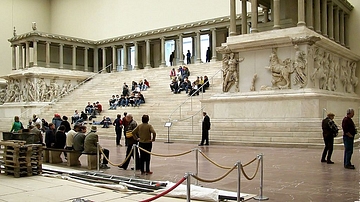
Image
Reconstruction of the Pergamon Altar
Reconstruction of the Pergamon Altar displayed at the Pergamon Museum in Berlin.
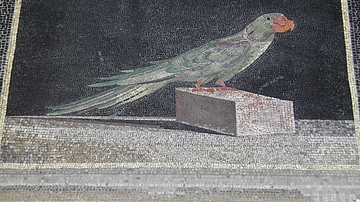
Image
Hellenistic Mosaic, Pergamon
Hellenistic mosaic floor panel depicting an Alexandrine parakeet from Pergamon (modern Turkey), 2nd century BCE (Pergamon Museum).

Image
Theatre of Pergamon
The unusually steep cavea of the 2nd century BCE theatre in the Hellenistic city of Pergamon (modern Turkey).
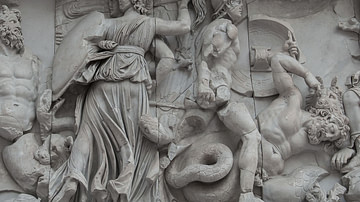
Image
Hecate Fighting the Giant, Pergamon Altar
On the left side the goddess Hecate is depicted while fighting the giant Clytius (she fights in three incarnations with a torch, a sword, and a lance); Detail from the Pergamon Altar's frieze (The frieze depicts Gigantomachy); built in 2nd...
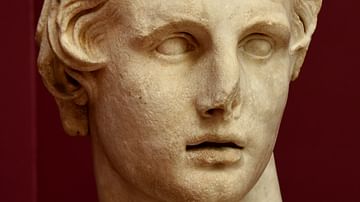
Image
Head of Alexander the Great from Pergamon
This head was found during the excavations of the lower agora of Pergamon; it seems that it had fallen there from one of the buildings on the higher city. The head reveals all of the characteristic features of the sculpted heads of Alexander...